The Dalmatian is one of the most recognizable and distinctive dog breeds, known for its unique coat pattern of black or liver spots on a white background. This breed’s striking appearance, combined with its energetic and intelligent nature, makes it a popular choice for families and individuals alike. In this comprehensive guide, we will delve into the Dalmatian’s history, physical characteristics, temperament, care needs, and suitability as a family pet.
History of the Dalmatian
The Dalmatian is an ancient breed with a history that dates back several centuries. Its origins are somewhat debated, but it is widely believed that the breed was developed in the Dalmatia region of Croatia, which is how it got its name. Historical records and artwork suggest that Dalmatians were used as carriage dogs in the 18th and 19th centuries, where their unique appearance made them popular for pulling carriages and as firehouse mascots.
Early Uses and Recognition
Historically, Dalmatians were known for their ability to trot alongside horse-drawn carriages, guarding the horses and clearing the path for the carriage. They were also used as firehouse mascots due to their ability to clear the way for fire trucks and their high energy levels. The breed gained widespread recognition in the 19th century and has since been featured in various forms of media, including the famous Disney movie “101 Dalmatians.”
Physical Characteristics
Size and Build
Dalmatians are a medium-sized breed with a well-proportioned and athletic build. Males typically weigh between 50 to 60 pounds and stand 19 to 24 inches tall at the shoulder, while females are slightly smaller, weighing between 40 to 55 pounds and standing 19 to 23 inches tall. Their lean, muscular build is designed for endurance and agility.
Coat and Color
One of the most distinctive features of the Dalmatian is its coat, which is short, dense, and smooth. The breed is known for its unique spotted pattern, with spots that are typically black or liver (dark brown) on a white background. The spots are randomly distributed and vary in size. While the breed’s coat is striking, it does shed and requires regular grooming to manage.
Face and Expression
The Dalmatian has a distinctive face with a well-defined, long muzzle and high-set, rounded ears. Their eyes are oval-shaped and can be brown or blue, adding to their expressive and intelligent appearance. The breed’s coat pattern, combined with their alert expression, contributes to their unique and recognizable look.
Temperament and Personality
Energetic and Active
Dalmatians are known for their high energy levels and need for regular exercise. They thrive on physical activity and require daily exercise to keep them healthy and happy. Activities such as running, hiking, and playing fetch are ideal for this breed. Their energy levels can sometimes be overwhelming for those not prepared for an active dog.
Intelligent and Trainable
The Dalmatian is an intelligent breed that can be highly trainable with the right approach. They respond well to positive reinforcement techniques, such as treats and praise. However, they can also exhibit a stubborn streak, so consistent, patient training is essential. Early socialization and obedience training are crucial for helping Dalmatians develop into well-behaved adults.
Friendly and Social
Dalmatians are generally friendly and social dogs. They enjoy interacting with people and can be good with children if properly socialized. Their friendly nature makes them excellent companions, but their high energy levels and need for stimulation mean they require plenty of social interaction and engagement to stay content.
Care and Grooming
Exercise Needs
Due to their high energy levels, Dalmatians require regular exercise to maintain their health and well-being. Daily activities should include long walks, play sessions, and opportunities for running. Without adequate exercise, they may become bored and exhibit undesirable behaviors, such as chewing or excessive barking.
Grooming Requirements
The grooming needs of a Dalmatian are relatively straightforward. Their short coat requires regular brushing to manage shedding and keep the coat in good condition. Weekly brushing is usually sufficient to remove loose hair and maintain a healthy coat. Regular baths are needed to keep the coat clean, and routine care should include checking and cleaning their ears, trimming nails, and brushing teeth.
Health Considerations
Dalmatians are generally healthy, but like all breeds, they can be prone to certain health issues. Common health concerns include hip dysplasia, deafness (which is somewhat common in the breed), and urinary stones. Regular veterinary check-ups, a balanced diet, and proper exercise are important for managing these health concerns and ensuring overall well-being.
Training and Socialization
Early Socialization
Early socialization is crucial for Dalmatians to help them develop into well-adjusted adults. Introducing them to various people, animals, and environments from a young age helps reduce the risk of behavioral problems and anxiety. Positive reinforcement methods work best for training and socializing Dalmatians, as they respond well to praise and rewards.
Training Challenges
While intelligent, Dalmatians can be stubborn and require consistent, patient training. They benefit from clear commands and structured training sessions. Keeping training sessions engaging and varied helps maintain their interest and enthusiasm. Addressing behavioral issues promptly and effectively is key to successful training with this breed.
Suitability as a Family Pet
Families with Children
Dalmatians can make excellent family pets, particularly in active households. They are typically good with children, especially when properly socialized from a young age. Their playful and energetic nature makes them great companions for kids who enjoy outdoor activities and playtime.
Active Individuals and Families
For active individuals or families, the Dalmatian is a great choice. Their high energy levels and love for physical activity make them well-suited for households that can provide ample exercise and engagement. They thrive in environments where they can participate in activities like running, hiking, and playing fetch.
Apartment Living
While Dalmatians can adapt to various living situations, they are not ideally suited for apartment living due to their exercise needs and high energy levels. They perform best in homes with access to outdoor space where they can run and play. If living in an apartment, it is crucial to ensure they receive sufficient exercise and mental stimulation.
Conclusion
The Dalmatian is a distinctive and energetic breed with a rich history and a unique appearance. Known for their striking coat pattern, friendly nature, and high energy levels, Dalmatians make excellent pets for active individuals and families. Proper care, grooming, and training are essential to ensuring a happy and healthy Dalmatian. If you’re considering adding a Dalmatian to your family, be prepared to provide the exercise, attention, and engagement they need to thrive.





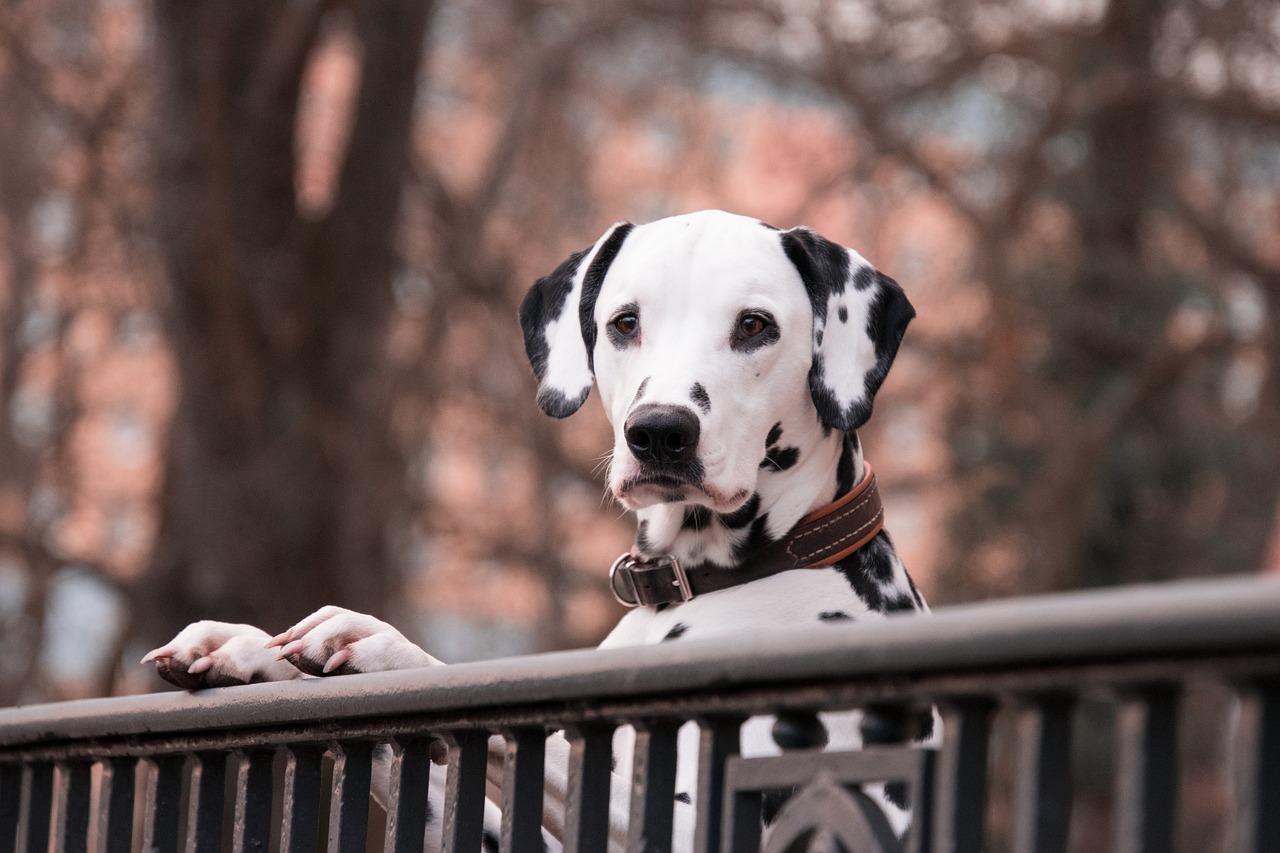

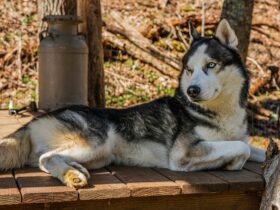
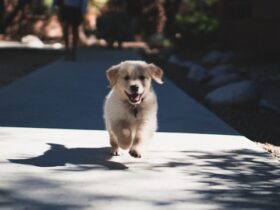
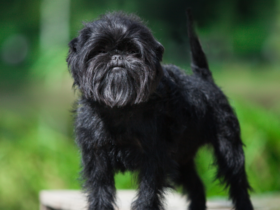
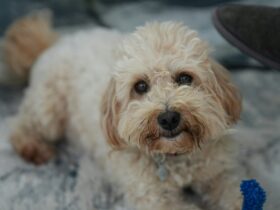
Leave a Reply